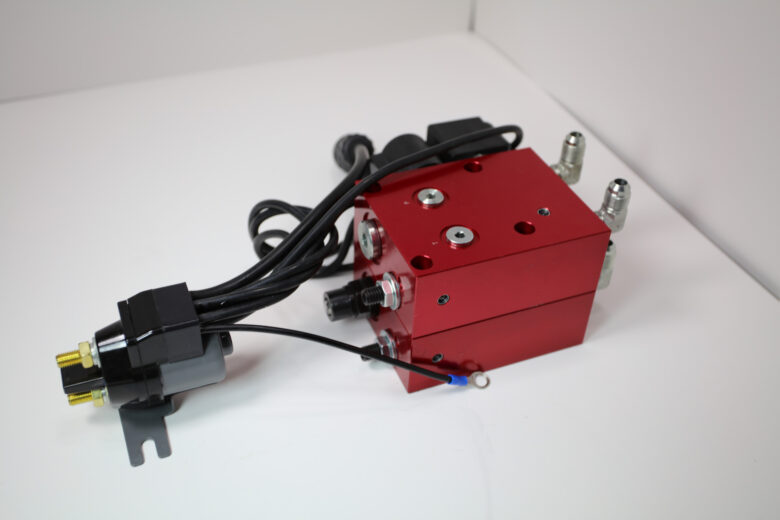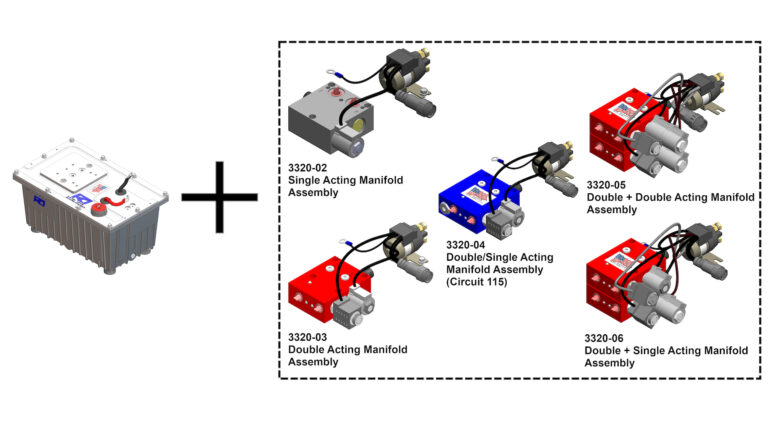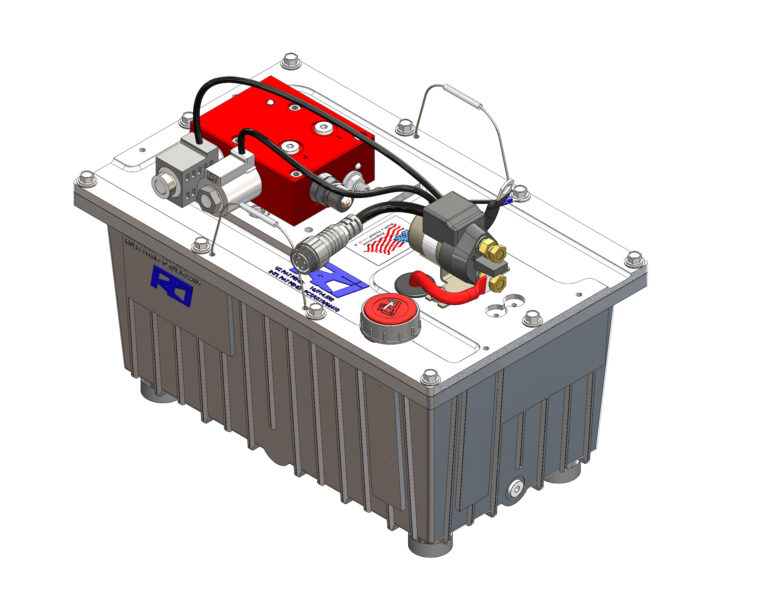In recreational boating, hydraulic power units (HPUs) provide the muscle behind critical operating machinery used to transport, launch, or secure small craft, including lifts, trailers, and jacks. For boat lifts alone, OEMs produce a variety of configurations, such as bottom standing, piling mount, floating, and shore mounted. These machines and configurations rely on hydraulic systems to function properly. But given the harsh ocean environment, salt spray and other corrosion-causing factors can wreak havoc on hydraulic components.

For decades, there has been little variation in the basic component configuration of HPUs, which convert electrical power to hydraulic energy. Highly complex hydraulic systems consist of many components, including manifolds, directional valves, heat exchangers, pressure gauges, and the motor and pump, which are mounted to the top of the oil reservoir. Additional components such as filters, pressure gauges, and heat exchangers may also be needed to meet application requirements.
While the design is technically sufficient, OEMs have long sought ways to improve hydraulic systems’ overall reliability in harsh ocean environments. One challenge is that high-value components, such as the motor and pump, are most likely to require repair or replacement in many cases. Yet current HPU design involves mounting the motor and pump to the reservoir, which exposes them to the environment and potential corrosion damage.
Even if the HPU is in a toolbox with the vehicle battery, it is regularly exposed to moisture from weather, washdowns, or the ocean environment. Accelerated corrosion only leads to premature service, repair, and replacement.
Since critical equipment and machinery cannot function without a sound hydraulic system, downtime and lost revenue can also result. When this occurs, OEMs receive service calls and complaints from customers who have problems with the unit. This can reflect poorly on the brand, lead to negative online reviews, and result in future sales losses.
In addition, while not a concern in all applications, compact HPUs are generally preferred where space is limited.
To significantly increase HPU reliability and provide greater design flexibility, KTI Hydraulics redesigned these vital components to create the industry’s first “Submerged DC HPU.” Founded in 1998, the Santa Ana, California-based company provides HPUs and components for commercial and industrial hydraulic equipment.
In the patented design, the motor and gear pump are protectively submerged in the reservoir fluid, rather than the typical configuration of mounting the motor, gear pump, and manifold to the top of the reservoir.

Protecting the motor and gear pump in this manner has many benefits. When the motor and gear pump are submerged, the high-value parts require substantially less maintenance and replacement. The new units are ideal for equipment and machinery operating in harsh, corrosive environments. The oil also functions as a coolant, resulting in a longer duty cycle.
The Submerged HPU has a 1.8 kW 12 V and 24 V dc motor with superior ingress protection (IP) ratings — a measure of an enclosure’s resistance to dust or liquid intrusion. It includes a pressure-loaded gear pump, a potted solenoid, and a reservoir with five quarts of usable volume. Several optional add-ons are also available.
The new configuration enables a more compact design (15 ½ x 9 ½ x 8 in.), ideal for OEMs looking to minimize the space required for hydraulic components.

Various standard hydraulic circuits are available, and KTI Hydraulics can design custom circuits upon request. OEMs can change the manifold to work with many different standard or custom circuits. This configurable approach allows one base unit to use multiple circuits so that OEMs aren’t locked into a single-acting or double-acting configuration.
Additionally, hydraulic equipment distributors conserve inventory space and capital by purchasing a single SKU item to hold in inventory and then the needed manifolds. This eliminates the need to stock four different types of HPUs.
KTI Hydraulics
ktihydraulicsinc.com
Filed Under: Components Oil Coolers, Mobile Hydraulic Tips, Related Technologies, Trending